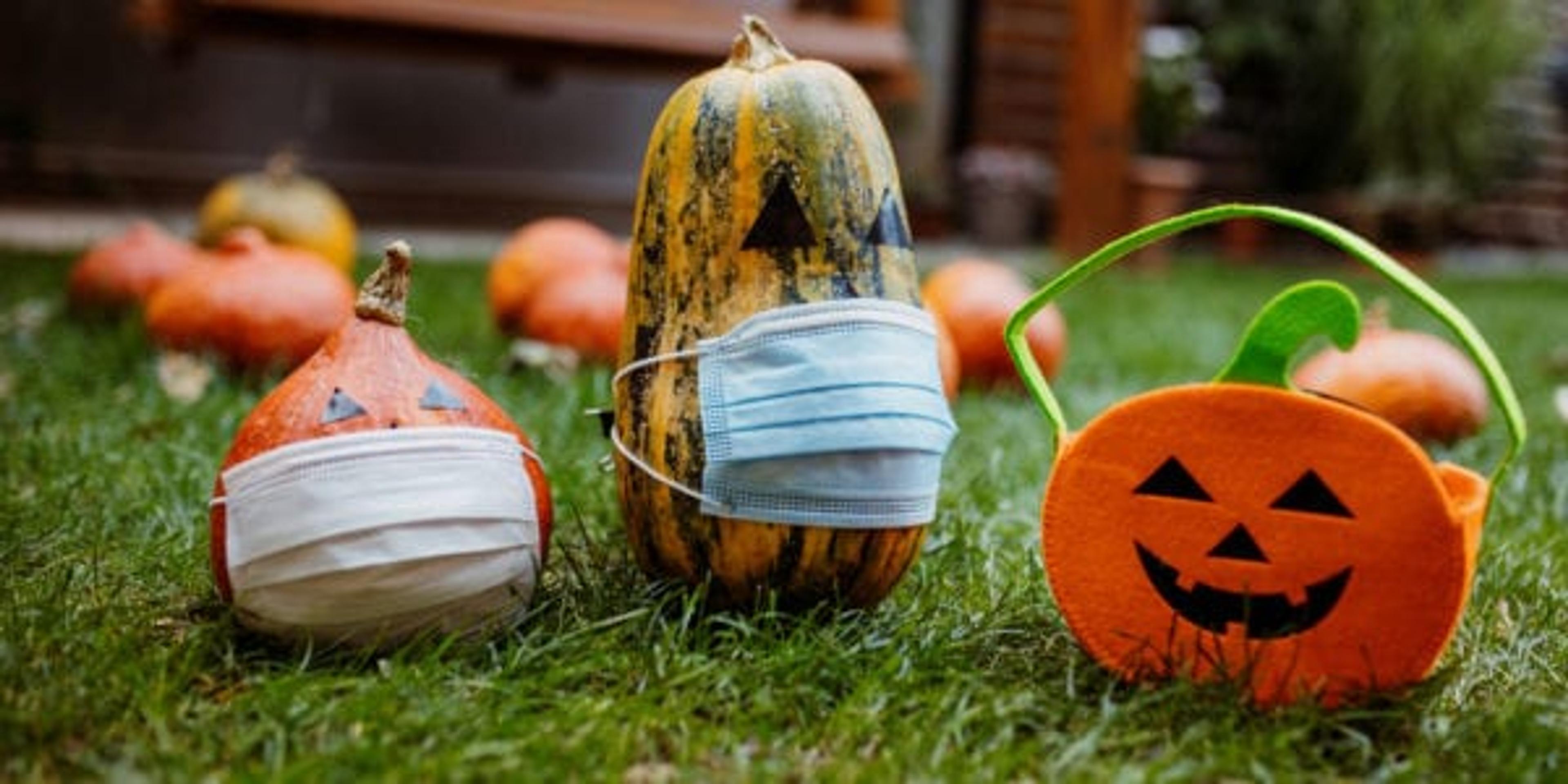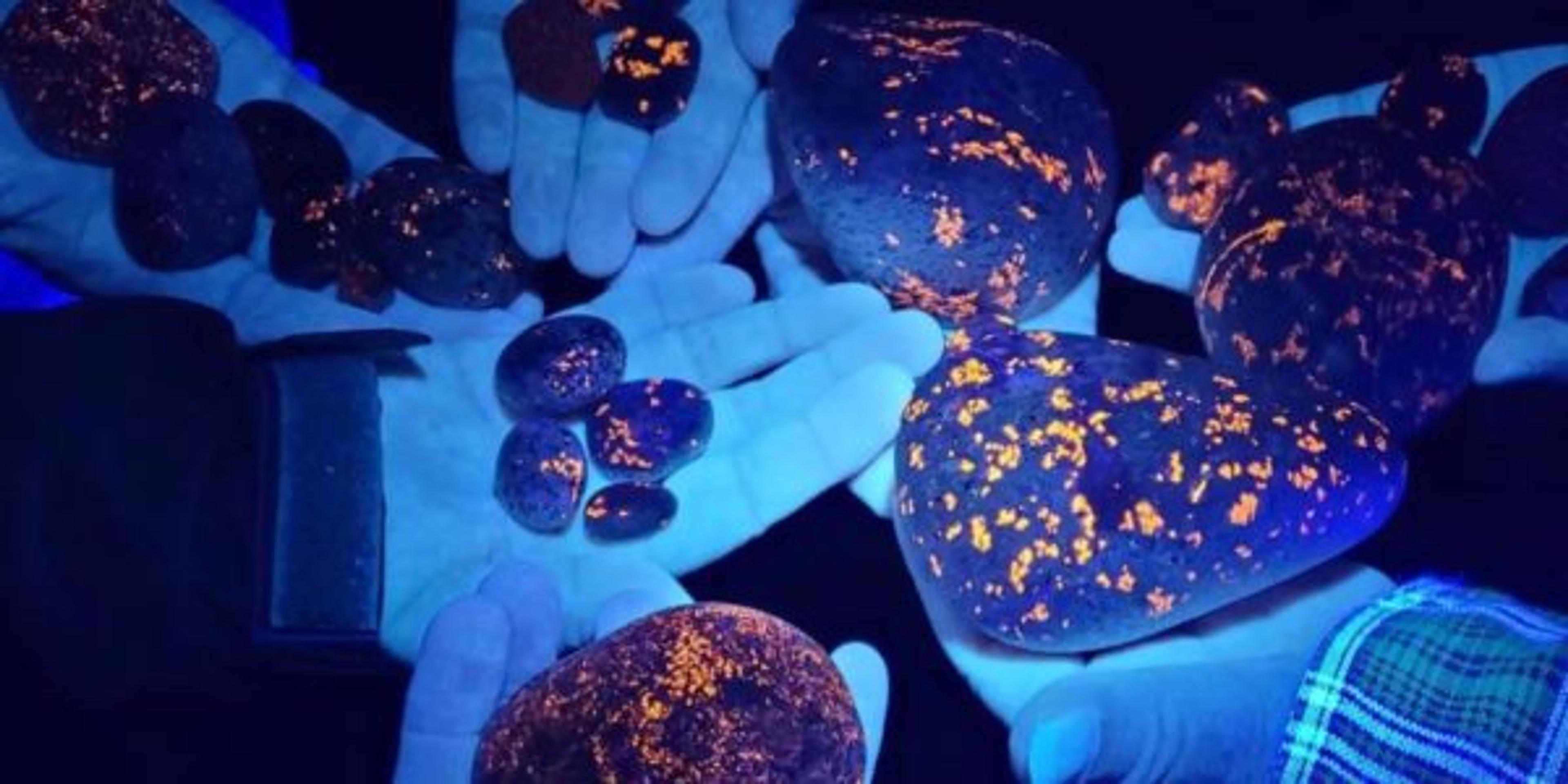Making Halloween Special, Spooky – and Safe!

Shanthi Appelo
| 4 min read

As children and adults prepare for Halloween this year, safety concerns amid the COVID-19 pandemic are top of mind. About 80% of Americans polled recently said they can’t imagine this fall holiday without chocolate, candy and trick-or-treating. While Halloween can still hold plenty of spooky fun for all, a few safety modifications will ensure everyone stays healthy and safe.
Keep It COVID-19 Safe
Traditional trick-or-treating and trunk-or-treating are considered to be higher risk activities for spreading COVID-19 by the U.S. Centers for Disease Control and Prevention (CDC) as they allow groups of unrelated people to gather together in clusters. Other traditional Halloween activities that gather crowds of unrelated people like indoor costume parties, indoor haunted houses and hayrides are also deemed higher risk. The CDC has designated lower risk and moderate risk activities to consider:
Lower Risk Activities:
- Decorate: Carve and decorate pumpkins, let your child decorate indoor living spaces or outdoor yards for the holiday.
- Host a virtual costume or carving contest: Pick a theme, assign judges and let the creativity fly.
- Hunt for candy: Instead of going door-to-door, stage a spooky candy hunt around the home.
- Plan a Halloween movie night: Stay in for the evening with favorite Halloween classics.
- Set up a scavenger hunt: Draft a list of Halloween items for children to look for on a walk through the neighborhood with prizes.
Moderate Risk Activities:
- Grab-and-go trick-or-treating: Instead of handing out candy to each child as they come to the door, place individually wrapped goodie bags at the end of the driveway or edge of a yard to allow for social distancing. Make sure a bottle of hand sanitizer makes it to the table.
- Outdoor costume party: Dress up and stay six feet apart at a small outdoor party or wear a protective mask if at a larger outdoor party.
- Outdoor Halloween movie night: Arrange a small, socially distant outdoor gathering by spacing people at least six feet apart; more space is advised if people will be screaming.
- Outdoor haunted forests and cornfields: Outdoor haunted activities are safely possible when traffic flow is one-way, face coverings are worn and social distancing is enforced.
- Pumpkin patches: Pick the great pumpkin from an outdoor patch; be sure to stay safely distanced from other groups and use hand sanitizer before and after touching pumpkins.
Masks and Costumes
While many outdoor Halloween activities are considered lower to moderate risk for coronavirus transmission, wearing a face covering is encouraged in social situations. However, a Halloween costume mask is not an adequate substitute for a cloth mask unless it has two or more layers of breathable fabric that cover the mouth and nose without big gaps.
Wearing a cloth face mask on top of a costume mask is not advised, as it could make it dangerously hard for the wearer to breathe. The best solution is to wear a cloth face mask as usual or make a Halloween-themed cloth face mask.
Beyond COVID-19 precautions, consider the following Halloween costume safety tips:
- Avoid decorative contact lenses
- Ensure any weapon accessories to costumes like swords, knives or guns are obviously fake in appearance and made of soft or flexible materials
- Make sure costumes fit well to avoid tripping hazards, and that masks are easy to see through
- Test all makeup before applying to avoid allergic reactions
- Use reflective tape, battery-operated lights or glow sticks to make costumes visible outdoors in the dark
Healthy Treats
Everyone knows treats are the main event at Halloween, but even fun-sized candy bars can quickly add up in empty calories of sugar and fat. In fact, the average child collects 3,500 to 7,000 calories worth of candy on Halloween night – the latter being the caloric equivalent of 13 Big Macs. Consider offering healthier treat alternatives to add some variety:
- Animal crackers
- Baked chips
- Dried fruit
- Fruit snacks, ideally made from 100 percent fruit juice
- Mini toothbrushes and mini toothpastes
- Nuts
- Pretzels
- Small toys such as bouncy balls
- Trinkets such as fun erasers, bookmarks and stickers
- Trail mix
Shanthi Appelö is a registered dietician and health and wellness spokesperson at Blue Cross Blue Shield of Michigan.
If you enjoyed this article, you may also enjoy:
Photo credit: Anchiy





